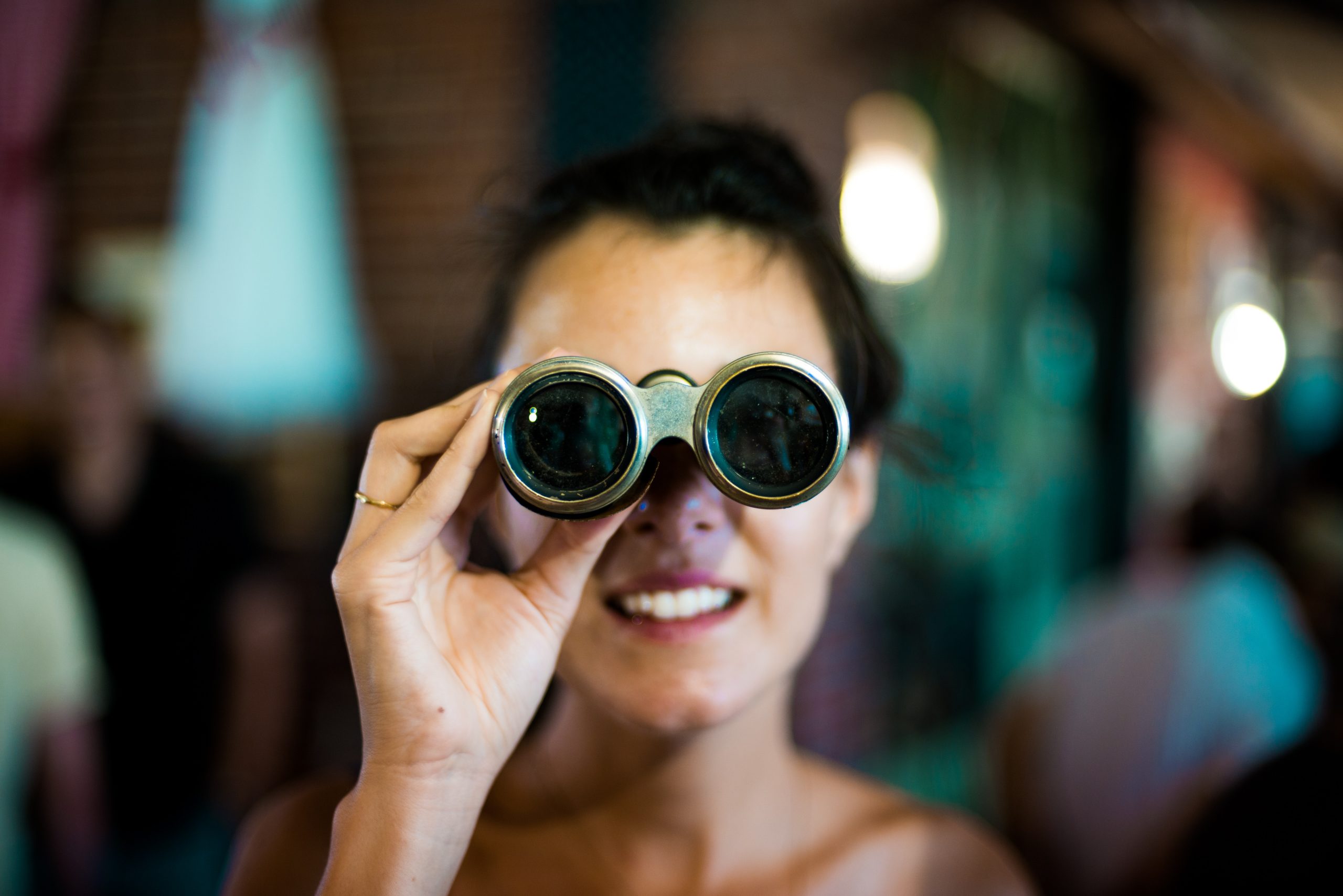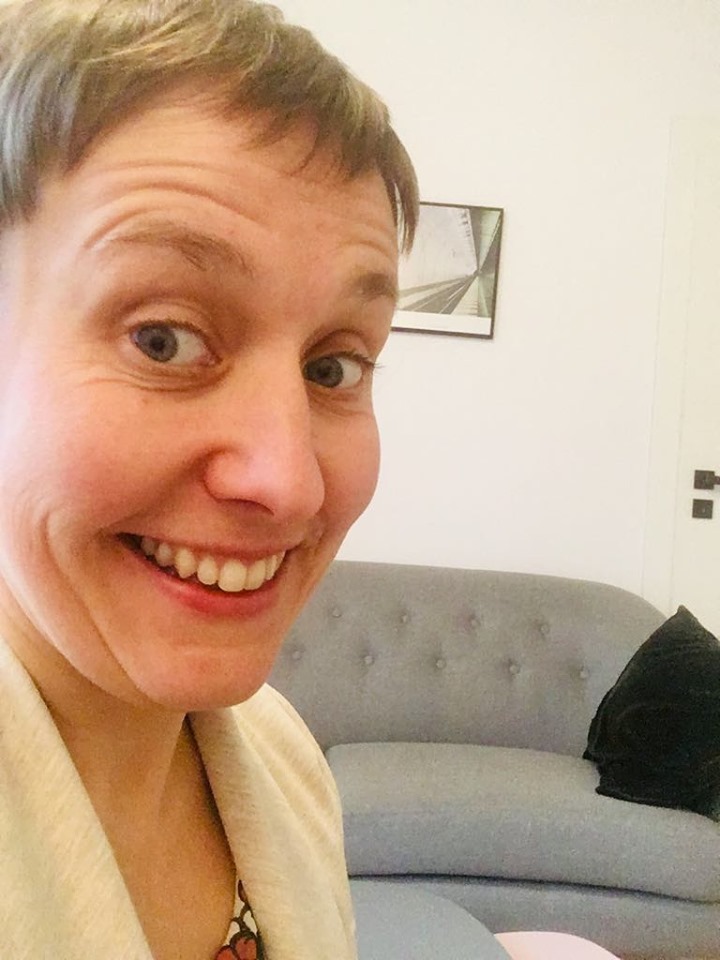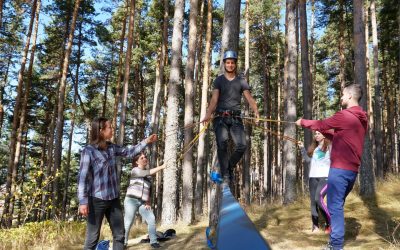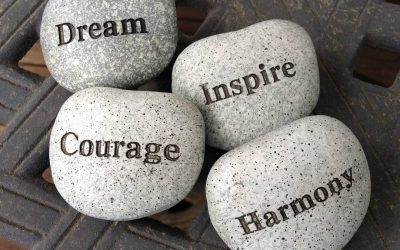COACHING and TRAINING
EMBODIMENT LEARNING
The story of mystery,
techniques
and getting in touch
with myself
Katarzyna Kałczyńska
SHERLOCK HOLMES’ CURIOSITY
It all started with a recommendation of a training. When I heard it would include 10-12 hours of work a day throughout 7 days, I was quite surprised. Especially since I felt the enjoyment and even enthusiasm of the speaker who had actually attended this training. I was astonished and this is when I started to feel really CURIOUS.
How can such an intense training possibly be effective? I decided to find out. Slightly suspicious and curios like Sherlock Holmes, I was heading to a lovely Dutch town to solve this mystery.

Photo by Chase Clark on Unsplash
Slightly suspicious and curios like Sherlock Holmes, I was heading to a lovely Dutch town to solve this mystery.
THERE IS A METHOD IN THIS MADNESS
As soon as I started the training, I found out that it would be distinguished by EXPERIMENTAL LEARNING. This really put me in a good mood as experimental learning is my favourite and the most effective way of learning for me. It involves learning from one’s own experience. I quickly found out that EXPERIENCING during this training would not only include mental techniques, but also working with the body. This turned out to satisfy my curiosity.
THE BODY IS MY ANSWER
Embodiment Learning is learning through the actions of your body. It is a belief that the body gives us information which is not always accessible to the conscious mind. It is trust that the body gives us the answers to our questions. All you need to do is find a way to hear what the body wants to say, and then the body will provide the answers coming straight from the heart.

Photo by Sharon McCutcheon on Unsplash
The body will provide the answers coming straight from the heart.
In the training room this translates to a process which includes two stages:
- experimenting with the body and observing it,
- reflecting on this process and drawing conclusions from observations.
During this intensive training, I experienced very clearly that my mind pointed me to the ways of thinking which turned out to be different from the conclusions I drew from listening to my body.
Among the many exercises I have experienced, I would like to tell you about the 3 body techniques that enabled me to get in touch with myself. They allowed me to observe myself in contact with other people and provided me with important information related to working with my clients, both individually and in groups.

Photo by Tony Hand on Unsplash
Be closer to yourself, three times.
3 TECHNIQUES OF GETTING IN TOUCH WITH ONESELF
TECHNIQUE NO. 1: FACING THE CLIENT
OBJECTIVE: to observe how I position myself in relation to the client
WORKING METHOD: work in pairs, 3 imposed setting options + 1 preferred setting option
You’re a helper (a coach/trainer/psychologist). The person you work with is a client. He/She stands and closes his eyes. Experiment with the space and observe how you feel in these positions.
- Position yourself in front of him/her, facing the same direction as him/her. Observe how you feel there.
- Position yourself next to this person, facing the same direction. Observe how you feel there.
- Position yourself behind this person, facing the same direction. Observe how you feel there.
- Take a position in which you feel best as a coach/trainer/psychologist.
Questions for reflection:
- Which of the positions felt best to you?
- What does it say about you as a trainer/psychologist/coach?
In this activity I experienced that my mind’s hint on which position I would feel best in was a miss. When I was thinking about my position, I assumed that I would be most comfortable in the position in which I usually sit in the office – in the opposite position, but open, at an angle, so that each of us has space looking straight ahead.
However, I felt most comfortable standing on the side of the client, one step behind him/her. So as to see the client and the goal. To be at the fingertips when he/she needs me. To give the client the feeling that it is the client who is making a difference in his/her life, which strengthens the personal sense of efficiency and self-confidence.
Why did this setting turn out to be so different from what was expected by my mind? In this assignment, I discovered a whole new dimension of being with a client. A dimension which actually revealed more of my approach to the client than just of the way in which I sit during a session. That accompanying my client on his/her way to getting closer to the goal is important to me. This tells me a lot about the fact that the responsibility for development and insight lies with the client, not with me.

Photo by Chris Leggat on Unsplash
However, I felt most comfortable standing on the side of the client, one step behind him/her. So as to see the client and the goal. To be at the fingertips when he/she needs me. To give the client the feeling that it is the client who is making a difference in his/her life, which strengthens the personal sense of efficiency and self-confidence.
TECHNIQUE NO. 2: WHAT KIND OF COACH/TRAINER/PSYCHOLOGIST ARE YOU?
OBJECTIVE: to observe how you:
- build up relationship with a client,
- lead the client,
- create new patterns in relation with the client.
WORKING METHOD: work in triplets:
- Person A=helper (coach/psychologist/trainer)
- Person B=client
- Person C=observer.
The helper and the client stand in front of each other, face to face. Their task is to move to the music. The observer sits nearby and notes what happens between the couple in motion.
In the second phase of the task, the helper receives feedback from the observer about what he/she has managed to observe in these areas. All three of them can share personal reflections.
It was amazing for me that the purely physical experiment really reflected my work with the client. It confirmed how important it is for me to build a strong relationship, a sense of security and trust. It showed that following the client is crucial for me. That it enables me to take the lead when the client needs it. It drew my attention to the fact that I want to have more joy from working with the client.

Photo by Benjamin DeYoung on Unsplash
The energy of the fire provided me with a lot of power.
TECHNIQUE NO. 3: ELEMENTS OF NATURE
OBJECTIVE: to observe the energy you use as a coach/psychologist/coach
WORKING METHOD: individual work
TOOLS: 4 tunes (of similar length) reflecting the 4 elements: earth, air, water and fire
Move to the rhythm of the music as you listen to it. The tunes change so that you experience all of them.
Questions for reflection:
- Which music did you feel most comfortable with?
- What surprised you?
- What do your observations say about your work?
I entered this task with the belief that I would feel at ease in the light air rhythm and a powerful fire is not me at all. Yet, I experienced that the air rhythm was pleasant, but only temporarily. After a while, this rapid, gentle motion made me feel really tired. However, I was surprised that the energy of the fire provided me with a lot of power and turned out to be very pleasant for my body. I also noticed that the feeling of safety which rooting in the ground gave me allowed me to utilise various energies.

Photo by Denys Nevozhai on Unsplash
About being closer to yourself.
THE BODY WILL GIVE YOU THE ANSWER – ABOUT BEING CLOSER TO YOURSELF
When I recall these memories in my mind, I can feel my body shiver and the emotions bring tears to my eyes. Using the techniques described above, I experienced coming in touch with myself even more. In an experience comparable to flow, I have gained clarity about what is important to me in working with people. I have observed what is holding me back and what my new sources of energy are. Thanks to these experiences, I can communicate better with myself and with others. In conflict situations, it’s easier for me to explain my own point of view and remain curious about what others think. In addition, these experiences, unlike fleeting thoughts, have stayed with me and I can return to them by contacting my body. Because the body knows and being in touch with it provides a totally new perspective.

About the Author:
Katarzyna Kałczyńska is a psychologist focused on SOLUTIONS and human RESOURSES (SFBT). She is in love with Non-Violent Communication, whose assumptions make world a better place to live. She SUPPORTS caregivers, both parents and teachers. She works in nurseries and kindergartens, accompanying the staff in their dilemmas. She provides consultations for families and adults in crisis or those looking for a new perspective. She loves learning from one’s own experience, so she often does workshops and trainings. She continues to discover new faces of an educator, conducting both practical classes in psychology at university and introducing children to the exciting world of new languages. You can read more about her work here: www.fb.com/BliskaPerspektywa
This article is the result of ELEVATE project, implemented by Development Support Foundation Innovator.
Project is co-financed by the European Union under Erasmus + Programme. (KA1 – Learning mobility of individuals, Mobility of adult education staff, Agreement no. 2018-1-PL01-KA104-049658).
This project has been funded with support from the European Commission. This publication reflects the views only of the author, and the Commission cannot be held responsible for any use which may be made of the information contained therein.
Licencja CC BY-SA
BLOG Development Support Foundation Innovator is licensed under a Creative Commons Attribution-ShareAlike 4.0 License We kindly ask you to quote the author of the entry explicitly and the source: “The text is from the blog of the Development Support Foundation Innovator and is located at [link to the relevant entry] Author of the text: [name surname]”.
The CC-BY-SA license is excluded from the logo of the Foundation, to which all rights are reserved.



